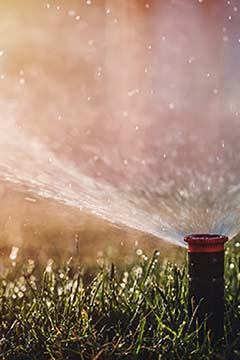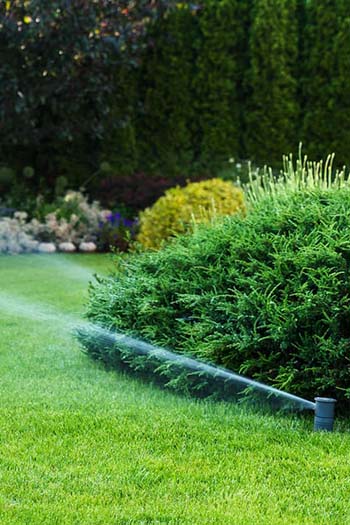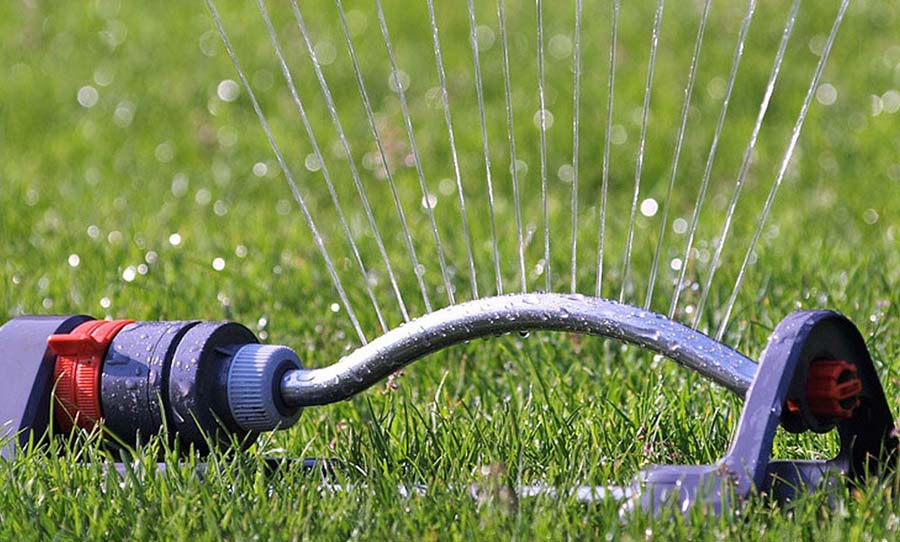Are In-Ground Irrigation Systems Worth It
Considering a Sprinkler System for Your New Home in Westchester County, NY, or Fairfield County, CT and wondering if the cost is worth it?
In short the answer is yes, Investing in an in-ground sprinkler system is usually a smart move. Not only does it save you time, but it also helps conserve water and boosts your home’s curb appeal. With built-in timers, watering your lawn becomes a breeze. Plus, systems equipped with sensors can even shut off automatically when it rains or when the ground is already moist enough.
When planning the landscaping for your new home, one crucial decision you’ll face is whether to install a permanent irrigation or sprinkler system in your yard. While the convenience and potential cost savings are appealing, there are several factors to consider before making your decision.
1. Cost Considerations
The upfront cost of installing a residential irrigation system can vary depending on factors such as the size and slope of your yard, type of landscaping, number of sprinkler zones required, and the type of soil to be excavated.
2. Benefits of a Sprinkler System
- Convenience: Automating watering schedules and frequency saves time and effort, allowing homeowners to maintain a lush, healthy landscape without the hassle of manual watering.
- Consistent Lawn Hydration: By watering during optimal times and delivering the right amount of moisture for different plant types, irrigation systems promote healthier lawns and gardens.
- Long-Term Cost Savings: Reduced water usage and utility bills, coupled with efficient targeting of water delivery, can lead to significant savings over time.
- Enhanced Resale Value: A well-maintained, attractive landscape with an irrigation system adds curb appeal and is considered a valuable upgrade by potential buyers.


3. Downsides to Consider
- Maintenance and Repairs: Sprinkler systems require periodic adjustments, repairs, and winterization to ensure proper functioning, which can incur additional costs and effort.
- Possible Damage: Underground pipes may be susceptible to damage from pests, tree roots, or freezing temperatures, requiring repairs that may disrupt your lawn and landscaping.
- Planning and Installation: Installing an irrigation system before landscaping is completed is ideal, as it involves mapping coverage zones, excavation, and installation of water delivery pipes and sprinkler heads.
4. Installation Process Overview
- Coverage Zone Planning: Professional installation teams create diagrams of exterior areas to be covered and divide them into watering zones based on landscaping needs.
- Excavation and Installation: Trenches are dug to bury water delivery pipes, valve boxes are added for zone control, and connections are made to the main water supply.
- Controller Setup: The irrigation system’s controller unit is installed and programmed to automate watering schedules and duration for each zone.
- Testing and Inspection: Each sprinkler head is inspected to ensure proper water dispersion and direction, with adjustments made as needed to optimize performance.

Making the DecisionWhile installing a sprinkler system offers numerous benefits, it’s essential to weigh the upfront costs, ongoing maintenance, and potential challenges against the convenience and long-term value it provides. By carefully considering your landscaping needs and consulting with professionals, you can make an informed decision that enhances the beauty and health of your home’s outdoor space in every season.
Our team of professionals is dedicated to helping you keep your lawn healthy and beautiful all year round.
Don’t wait; call us today and let us help you take the first step towards a healthier, more beautiful lawn.

